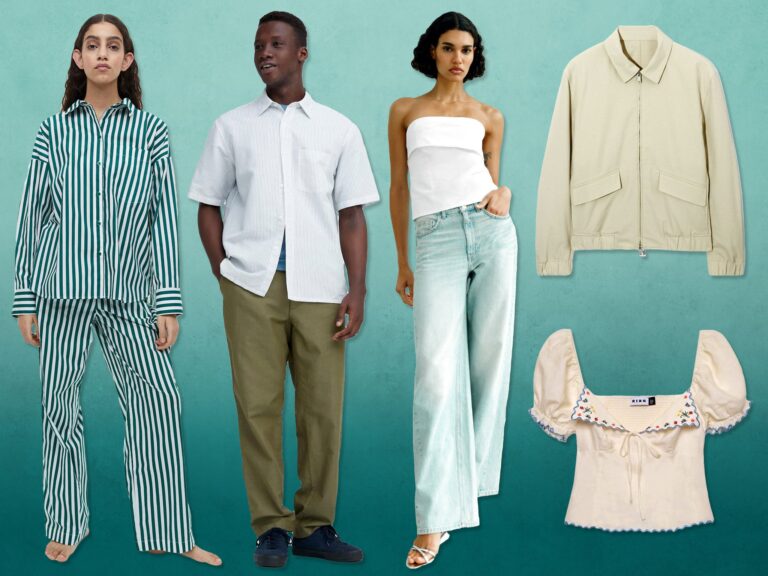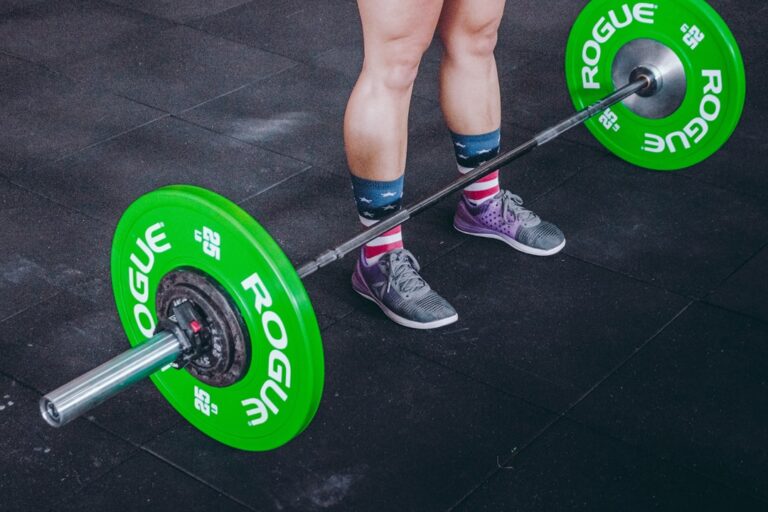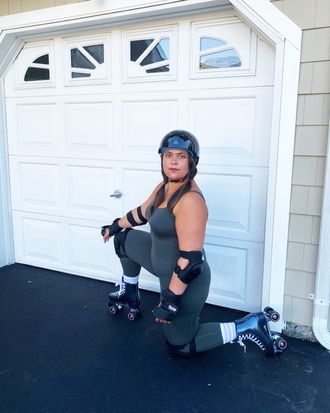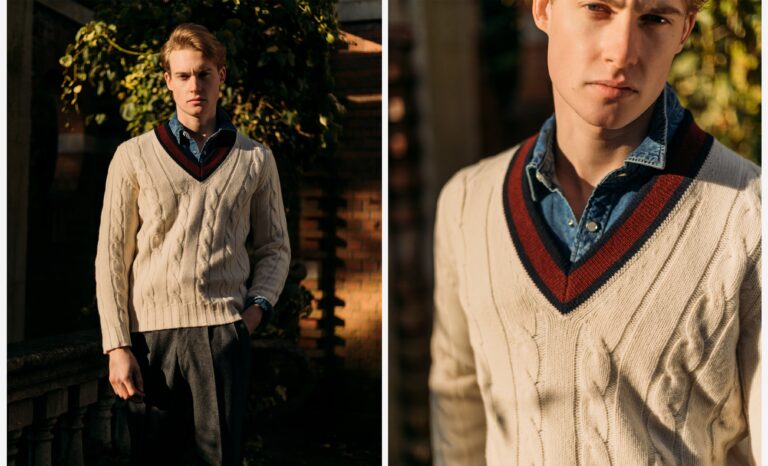Wear warm and waterproof clothing while canoeing in winter to stay comfortable and protected. Canoeing in winter requires suitable attire that is both warm and waterproof, ensuring that you stay comfortable and protected throughout your outdoor adventure.
Whether you are embarking on a leisurely paddle or a more challenging expedition, dressing appropriately is essential to stay safe and enjoy the experience. As the temperatures drop and the water becomes colder, it is crucial to choose clothing that offers insulation, water resistance, and enhances your mobility on the water.
This article will provide you with essential tips on what to wear for winter canoeing, allowing you to make the most of your time on the water while staying warm and dry.
Dressing For Success: Layering Like A Pro
When canoeing in winter, it is essential to dress appropriately to stay warm and comfortable. Layering is the key to regulating body temperature and staying protected from the elements. Here’s a breakdown of the layers you should consider:
| Base layer: Function and material options | Insulating layer: Types and benefits | Outer layer: Essential features for cold weather protection | Accessories: Hats, gloves, and socks for added warmth |
|---|---|---|---|
| Wearing a moisture-wicking base layer is crucial. Opt for materials like polyester or merino wool, which are breathable and help keep sweat away from the skin. | Insulating layers trap body heat. Consider options like fleece or down jackets for maximum warmth. | Your outer layer should be waterproof and windproof. Look for features like sealed seams and adjustable hoods to keep water and wind out. | Don’t forget about your extremities. Wear a warm hat that covers your ears, insulated gloves or mittens, and thick socks to keep your feet cozy. |
By layering effectively and choosing the right materials, you can stay comfortable and safe while canoeing in winter weather. Remember to dress appropriately for the conditions and always be prepared for unexpected changes in weather.

Credit: www.paddlinglight.com
Footwear Essentials: Keeping Your Feet Warm And Dry
Footwear Essentials: Keeping Your Feet Warm and Dry
When it comes to canoeing in winter, having the right footwear is essential. Waterproof boots are a must-have, as they will keep your feet dry and protected from the cold water. Look for boots that have features such as a waterproof membrane and sealed seams to ensure maximum protection. Insulated socks made from materials like wool or synthetic fibers are also important, as they provide an extra layer of warmth. Additionally, consider wearing gaiters to prevent water and snow from entering your boots. Gaiters are designed to cover the lower part of your legs and provide added protection against moisture. Lastly, using insoles can provide additional insulation and comfort, keeping your feet warm and cozy throughout your canoeing adventure.
Safety First: Must-have Gear For Cold Weather Canoeing
Safety First: Must-Have Gear for Cold Weather Canoeing
When canoeing in winter, wearing the right gear is essential for your safety and comfort. Firstly, ensure you have a properly fitted personal flotation device (PFD) to stay buoyant in case of an accident. Choose from various types such as life jackets or inflatable PFDs based on your preference.
Next, consider the pros and cons of drysuits versus wetsuits. Drysuits provide better insulation and protection from water, but they can be costly. Wetsuits are more affordable but may not provide sufficient warmth in extremely cold water.
In addition to PFDs and suits, pack essential cold water survival gear. Carry a whistle, flare, and emergency blanket to attract attention and keep warm in emergencies.
Don’t forget navigation tools to ensure you don’t lose your way. Bring maps, compasses, or GPS devices to accurately navigate through unfamiliar waterways.
Lastly, equip yourself with communication devices like radios and personal locator beacons. These devices can be crucial for getting help in case of emergencies.
| Essential Gear for Canoeing in Winter: |
|---|
| Personal flotation devices (PFDs) |
| Drysuits vs wetsuits |
| Cold water survival gear |
| Navigation tools |
| Communication devices |
Are Leggings a Good Option for Canoeing in Cold Winter Weather?
Leggings can be a versatile choice for canoeing in cold winter weather if layered properly. Opt for thermal or moisture-wicking fabrics designed for outdoor activities. Similar to “leggings skiing cold weather,” prioritize insulation and comfort to retain body heat while ensuring mobility, keeping you warm and dry during icy adventures on the water.
Frequently Asked Questions On What To Wear Canoeing In Winter
What Do You Wear To Canoeing In The Winter?
For winter canoeing, it’s important to dress warmly and in layers. Wear a thermal base layer, fleece or wool insulation, and a waterproof outer layer. Don’t forget to wear a hat, gloves, and insulated footwear to keep yourself warm and comfortable on the water.
How Cold Is Too Cold For Canoeing?
Canoeing becomes too cold when the temperature drops to a point where it puts your safety and well-being at risk. It is crucial to consider factors like wind chill, water temperature, and your ability to stay warm and dry. Pay attention to weather forecasts and be cautious when the temperature reaches a point where hypothermia becomes a concern.
How Do You Canoe In The Winter?
Canoeing in the winter requires proper preparation and safety measures. Dress warmly, wear a life jacket, and check the weather conditions. Avoid thin ice and paddle with caution. Stay safe and enjoy the unique experience of winter canoeing.
How Do You Stay Warm While Canoeing?
To stay warm while canoeing, wear layers of warm clothing, like a base layer, insulating layer, and a waterproof outer layer. Bring extra dry clothes in a waterproof bag. Use a hat, gloves, and warm socks. Stay dry by using a wetsuit or drysuit and avoid cotton clothing.
Conclusion
To ensure comfort and safety while canoeing in winter, dressing appropriately is key. Layering your clothing is essential, starting with a moisture-wicking base layer, followed by insulating mid-layers, and a waterproof outer layer. Don’t forget to protect your extremities with gloves, a hat, and waterproof boots.
By following these tips, you can have an enjoyable and safe winter canoeing experience. Stay warm and have fun!





